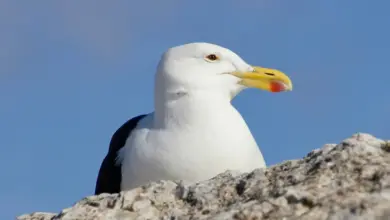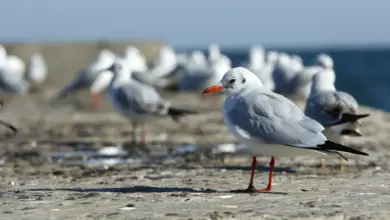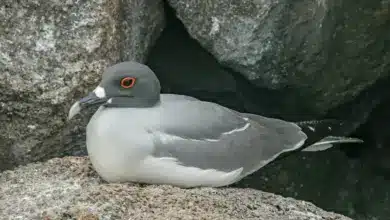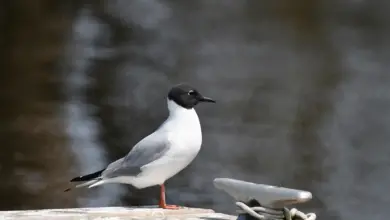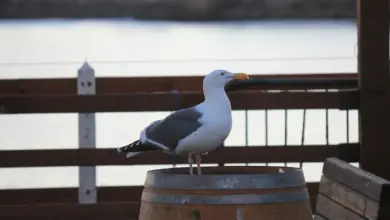The Ivory Gulls, Pagophila eburnea, is a small gull, the only species in its genus. It breeds in the high arctic and has a circumpolar distribution through Greenland, northernmost North America, and Eurasia.
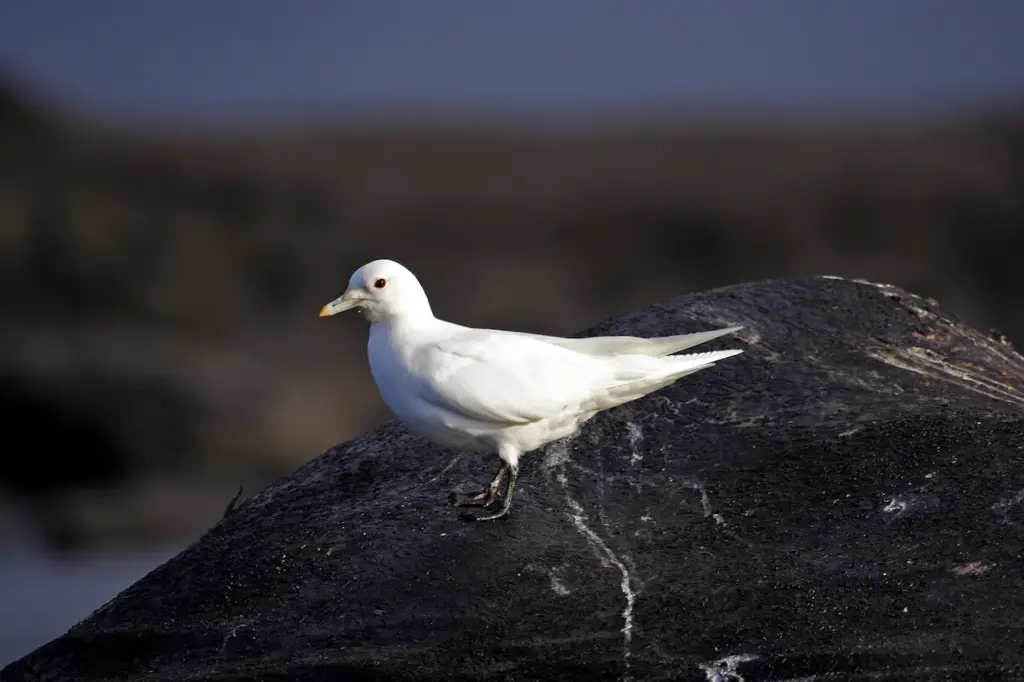
It migrates only short distances south in autumn, most of the population wintering in northern latitudes at the edge of the pack ice, although some birds reach more temperate areas.
This species is easy to identify. At 43 cm (17 in), it has a different, more pigeon-like shape than the Larus gulls, but the adult has completely white plumage, lacking the grey back of other gulls.
The thick bill is blue with a yellow tip, and the legs are black. Its cry is a harsh eeeer. Young birds have a dusky face and variable amounts of black flecking in the wings and tail. The juveniles take two years to attain full adult plumage.
Ivory Gull breeds on arctic coasts and cliffs, laying one to three olive eggs in a ground nest lined with moss, lichens or seaweed. It takes fish and crustaceans, but is also an opportunist scavenger, often found on seal or porpoise corpses. It has been known to follow polar bears and other predators to feed on the remains of their kills.

